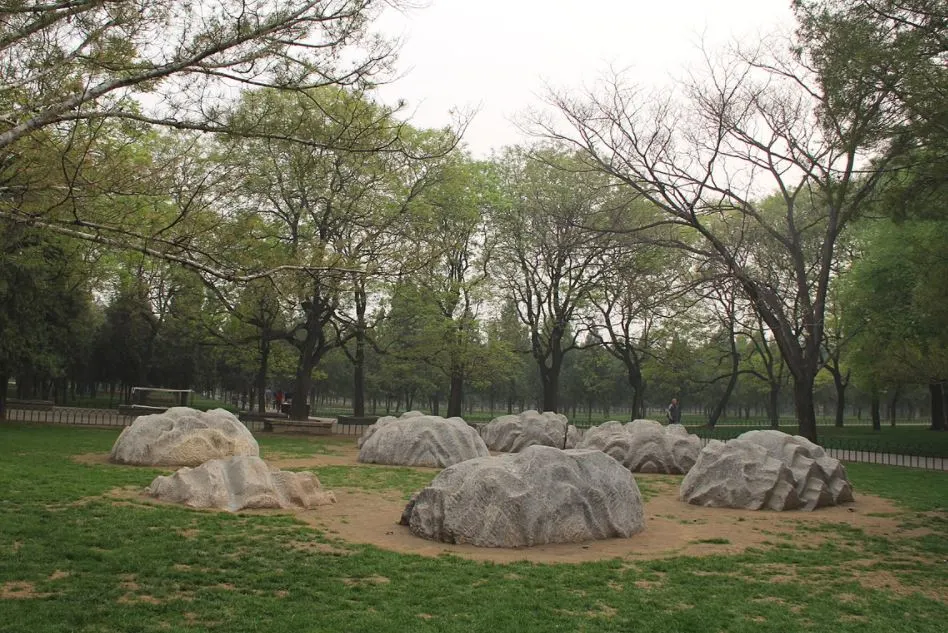One of the most iconic structures in the capital of China has played an important role in the country’s history since the 15th-century.
In this article, we’ll take a closer look at some of the most interesting facts about the Temple of Heaven, a monument temple complex in the heart of Beijing.
1. It’s located just south of the most famous landmarks in Beijing
The Temple of Heaven not only has a wonderful name but it’s also located in an amazing area in central Beijing. This marvelous temple complex is located within an enormous landscaped park just south of Tiananmen Square.
This amazing square is in turn adjoined to the north by the Imperial City which features the Forbidden City. All of the famous landmarks in Beijing are situated in the Dongcheng District, the eastern part of the historical heart of the city.
The park is open to the public every day until 5 or 5:30 pm (depending on the time of the year) and can be accessed on all sides. This means that there are 4 entrance gates, all of which can easily be accessed via the Beijing metro system.
This magnificent complex is considered to be one of the most amazing landmarks in the city as well as it has been designated as a UNESCO World Heritage Site in 1998.

2. The complex was built at the same time as the Forbidden City
The temple complex was built in the early stages of the Ming Dynasty (1368-1644) during the reign of the Yongle Emperors. These were the guys who also built the enormous Forbidden City
This construction project employed an estimated 1 million workers from all across China. After all, this palace complex features nearly 1,000 buildings, so they could use a bit of help.
This makes it all the more impressive that this temple complex was completed at the same time as well between 1406 and 1420.
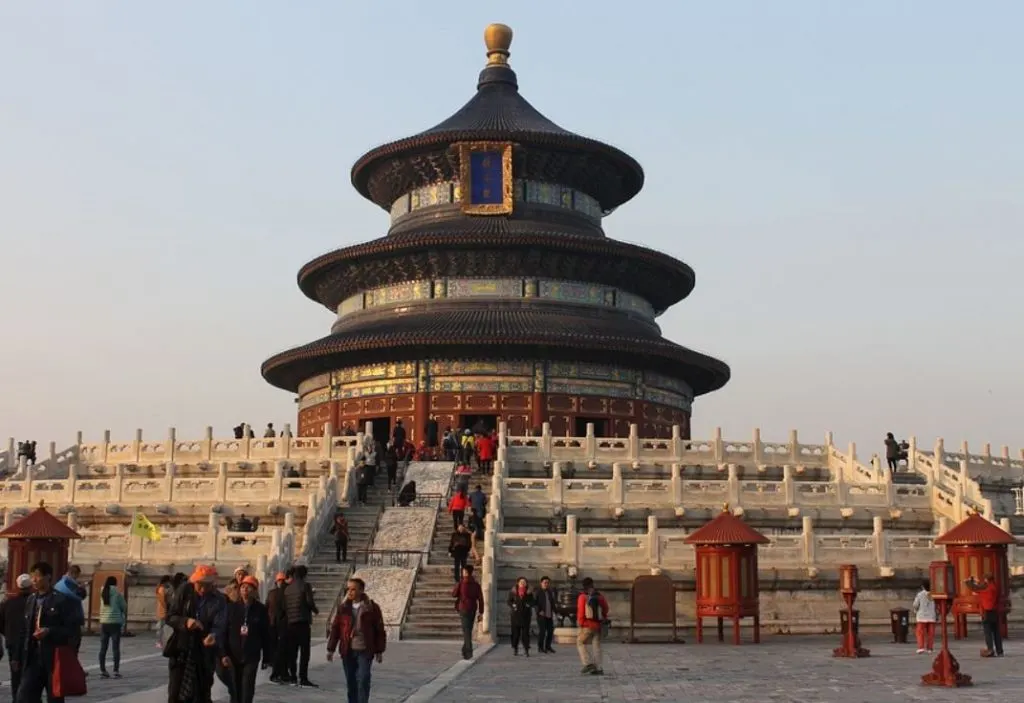
3. The grounds cover a large area and consists of 3 main structures
The buildings of the temple complex are located within an enormous public park that covers a total area of 2.73 square kilometers (1.05 square miles). That’s more than enough to spend a relaxing afternoon within the otherwise hectic city of Beijing.
The Temple of Heaven itself actually consists of 3 separate buildings:
- The Hall of Prayer for Good Harvests – The best-recognizable circular building with a diameter of 36 meters (118 feet) and height of 38 meters (125 feet).
- The Imperial Vault of Heaven – A similar building that is connected to the Hall of Prayer for Good Harvests by the Vermilion Steps Bridge, an elevated walkway with a length of 360 meters (1,10 feet).
- The Circular Mound Altar – A platform with nothing on it that consists of 3 levels of marble floors. The original version was built in 1530 but completely rebuilt in 1740.
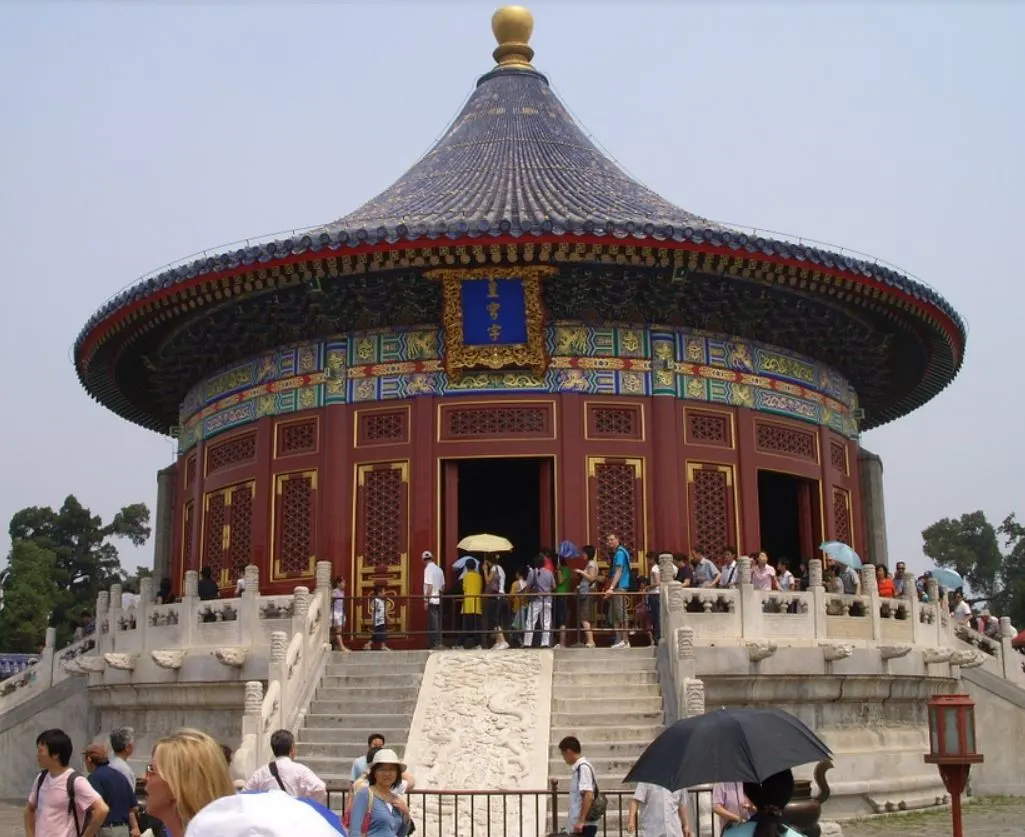
The Circular Mound Altar was a project of the so-called Jiajing Emperor, the 12th Emperor of the Ming Dynasty who reigned between 1521 and 1567.
This wasn’t the only construction project he started because he was responsible for building 3 other major temples in Beijing which are related to the Temple of Heaven. These are the:
- Temple of the Sun in the east of Beijing.
- Temple of Earth in the north of Beijing.
- Temple of the Moon in the west of Beijing.
Apart from building these new temples, the Temple of Heaven was also seriously expanded during his reign in the 16th century and only got its current name as well.
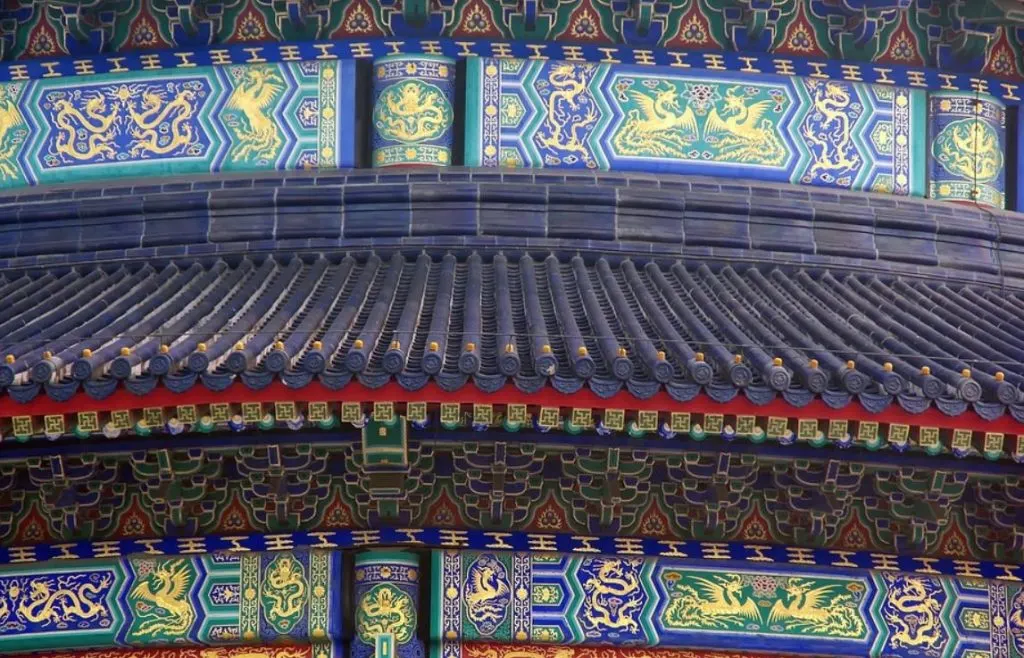
5. The Emperor moved here twice a year to conduct a special ceremony
The entire purpose of the Temple of Heaven was to have a special place for the Emperor to communicate directly to heaven. After all, he was considered to be the “Son of Heaven” who formed a connection of heavenly authority on Earth.
Twice a year, the Emperor and his entire entourage settled down in this temple complex and the man conducted a prayer to Heaven to provide for a good harvest.
These official ceremonies couldn’t be attended by regular Chinese people and every aspect of it had to be conducted perfectly as well.

More interesting facts about the Temple of Heaven
6. The Hall of Prayer for Good Harvests was the special room that the Emperor prayed in for good harvests. This structure is completely made of wood and doesn’t feature a single nail. Unfortunately, the original structure burned down in 1889 and was replaced with the current version shortly after.
7. The Imperial Vault of Heaven is surrounded by the so-called “Echo Wall.” This circular wall has the ability to resonate sound over long distances, something that was believed to ensure the Emperor’s prayers actually reached heaven.
8. Even though it’s smaller in scale than the Prayer Hall, the Imperial Vault of Heaven has another remarkable feature. The wooden dome of this structure doesn’t feature a beam to support it, an intriguing architectural feat.
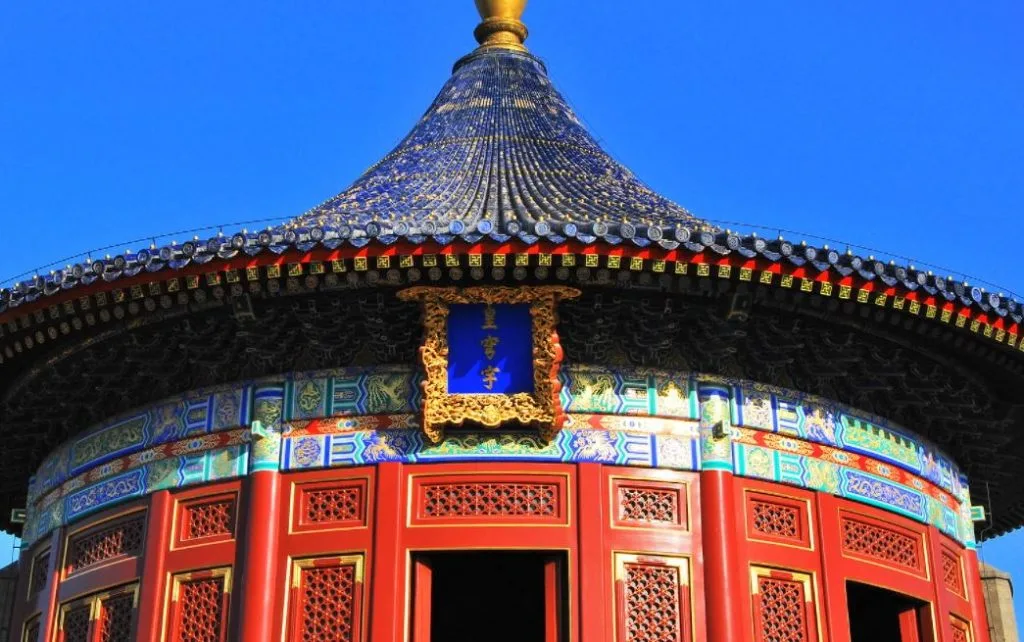
9. The Circular Mound Altar is decorated with carved reliefs of dragons and most of its elements feature the number 9 which represented the Emperor himself. The center of this main altar is called the “Heart of Heaven” or the “Supreme Yang.” It’s here that the Emperor prayed for good weather.
10. The architecture of the complex clearly resembles the symbolism in which the ceremonies were conducted. It features numerous squares and circles as it was believed that a square represented Earth and a circle Heaven.
11. The amazing Prayer Hall was also designed with symbolism as it features 4 outer, 12 middle, and 12 inner pillars. These represented the 4 seasons, the 12 months, and the traditional 12 Chinese hours.
12. Just next to this Hall you’ll find 7 peculiar stones lying on the grass. These stones are referred to as the “Seven-Star Stone Group” and also have a special meaning. They represent the peaks of Taishan Mountain, also known as “Mount Tai,” a sacred mountain in ancient China which is located in Shandong Province.
